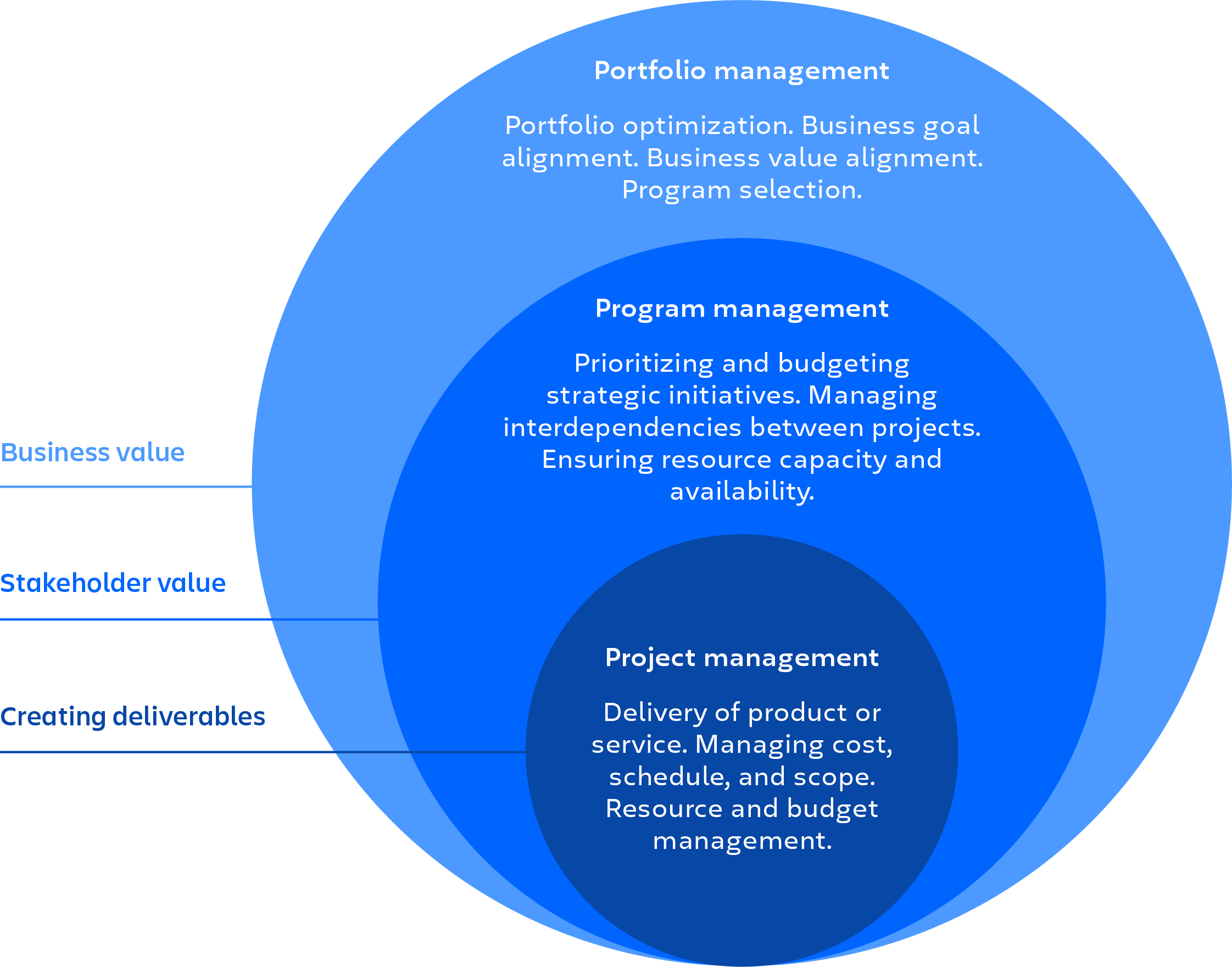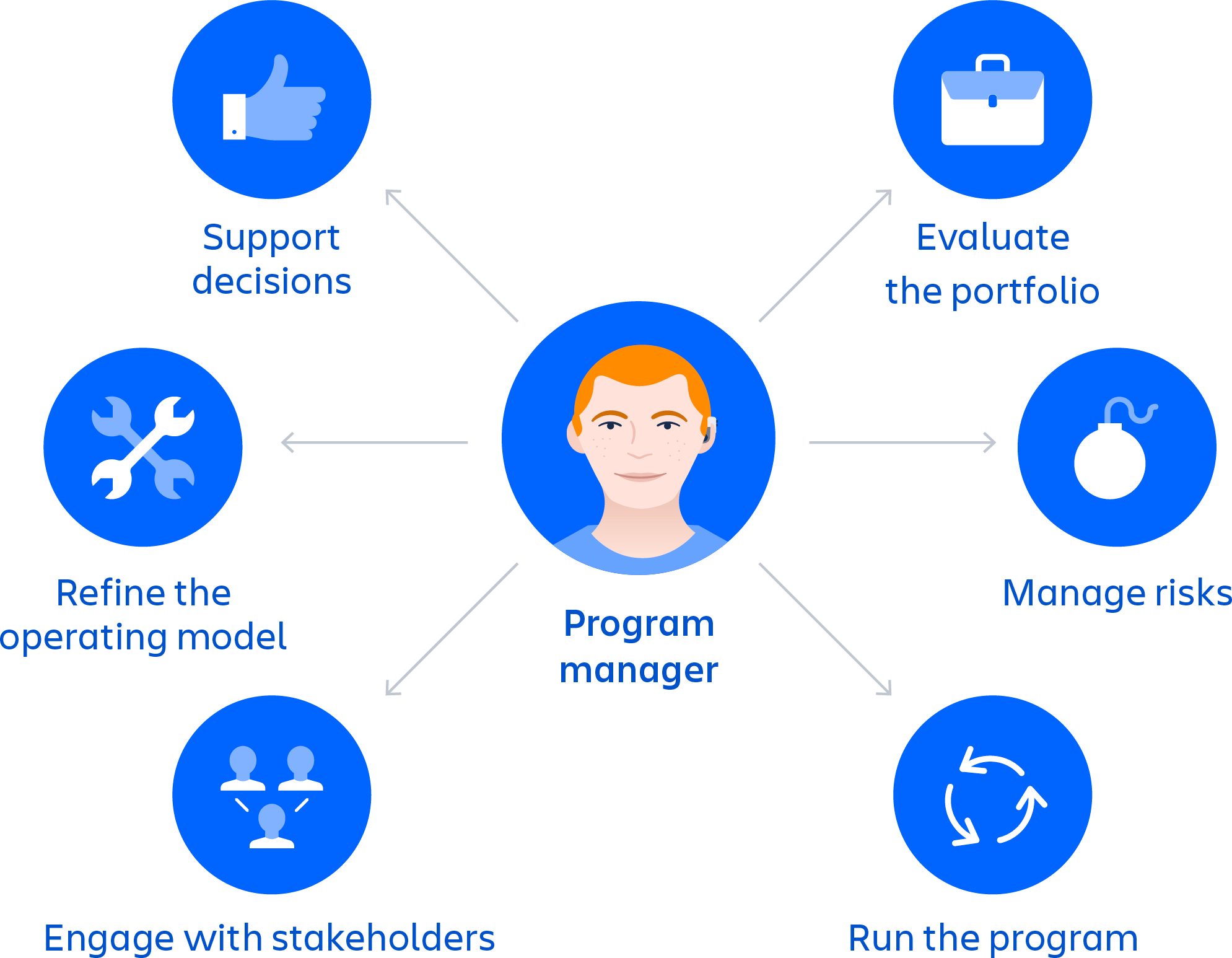- What is Agile?
- Agile Manifesto
- Overview
- Project management intro
- Workflow
- AI workflow automation
- Epics, stories, themes
- Epics
- User Stories
- Estimation
- Task management tools
- Metrics
- Gantt chart
- Best free project management software
- Program management vs. project management
- Project baseline
- Continuous improvement
- Lean principles
- 3 pillars of Scrum
- Scrum Board
- Waterfall Methodology
- Velocity in Scrum
- What is Definition of Ready
- Lean vs. agile
- Scrumban
- Lean Methodology
- Sprint backlog
- Burn up chart
- 4 kanban principles
- 4 kanban metrics
- Program vs. Project Manager
- Gantt chart examples
- Definition of done
- Backlog grooming
- Lean process improvement
- Backlog refinement meetings
- Scrum values
- Scope of work
- Scrum tools
- Tools
- Workflow automation software
- Templates
- Task tracker
- Workflow automation
- Status report
- Workflow chart
- Project roadmap
- Project schedule
- Tracking software
- Roadmap tools
- Technology roadmap
- Project scheduling software
- Backlog management tools
- Understanding workflow management strategies
- Workflow examples
- Create project roadmap
- Sprint planning tools
- Sprint demo
- Project Timeline Software
- Top task management tools
- Product backlog vs. sprint backlog
- Top workflow management tools
- Project dependencies
- Task dashboard guide
- Sprint cadence
- Fast tracking
- Fibonacci story points
- Product vs. Project Management
- Deadline management
- 10 must-have skills
- Value Stream Management
- DevOps
- All articles
- What is Agile?
- Agile Manifesto
- Overview
- Project management intro
- Workflow
- AI workflow automation
- Epics, stories, themes
- Epics
- User Stories
- Estimation
- Task management tools
- Metrics
- Gantt chart
- Best free project management software
- Program management vs. project management
- Project baseline
- Continuous improvement
- Lean principles
- 3 pillars of Scrum
- Scrum Board
- Waterfall Methodology
- Velocity in Scrum
- What is Definition of Ready
- Lean vs. agile
- Scrumban
- Lean Methodology
- Sprint backlog
- Burn up chart
- 4 kanban principles
- 4 kanban metrics
- Program vs. Project Manager
- Gantt chart examples
- Definition of done
- Backlog grooming
- Lean process improvement
- Backlog refinement meetings
- Scrum values
- Scope of work
- Scrum tools
- Tools
- Workflow automation software
- Templates
- Task tracker
- Workflow automation
- Status report
- Workflow chart
- Project roadmap
- Project schedule
- Tracking software
- Roadmap tools
- Technology roadmap
- Project scheduling software
- Backlog management tools
- Understanding workflow management strategies
- Workflow examples
- Create project roadmap
- Sprint planning tools
- Sprint demo
- Project Timeline Software
- Top task management tools
- Product backlog vs. sprint backlog
- Top workflow management tools
- Project dependencies
- Task dashboard guide
- Sprint cadence
- Fast tracking
- Fibonacci story points
- Product vs. Project Management
- Deadline management
- 10 must-have skills
- Value Stream Management
- DevOps
- All articles
Program management vs. project management
How program and project management work together to improve organizational performance

Get started with the free Jira project management template
Manage activities across any project with powerful task management and easy prioritization tools.
Key Takeaways
Program management oversees multiple related projects to achieve strategic business objectives, while project management focuses on delivering specific outcomes.
Program managers coordinate resources, manage risks, and align projects with organizational goals.
Project managers handle day-to-day execution, tracking, and delivery of individual projects.
Clarify roles and responsibilities to ensure effective collaboration and alignment between program and project management.
Programs and projects are at the heart of many business endeavors. To use a metaphor, projects are like trains operated by project managers, who help pull the work of a team to achieve goals and ultimately arrive with a finished good or service.
To continue with the metaphor, a program is like a collection of trains running on different tracks, yet headed to the same station, or goal. The program manager is the station conductor, directing the various project trains.
What is program management?
Program management is the process of managing programs mapped to business objectives that improve organizational performance. Program managers oversee and coordinate the various projects and other strategic initiatives throughout an organization.
Program managers also help to drive organizational change by helping with agile transformations, including helping to implement DevOps practices and principles. Program managers may align program management practices and processes with agile values such as collaboration, team autonomy and empowerment, delivering value to customers, and adapting to change in the moment.
A program manager can bring agile and DevOps to life for teams across large programs or individual projects by tailoring programs to the specific requirements and opportunities of the business.
Program management vs. project management

Program management is sometimes confused with project management. Project management is the process of leading a project performed by a team to achieve certain goals, such as building a new product.
A project represents a single, focused piece of work with a specific scope and defined output. Projects can run for several years, but their main focus remains the same. A project’s success can be measured by the delivery of artifacts and deliverables that roll up to a program’s larger goals.
Project management is the process of delivering value that incrementally moves a program forward. Despite the emphasis on artifacts and deliverables, project management still involves strategy and planning, since a project manager must determine how to meet the goals laid out at the beginning of the project. Once a project is underway, a project manager tracks progress, allocates resources, manages risks, communicates, and more.
Program management entails managing a program with multiple, related projects. Since programs are linked to strategic initiatives, they are often long-running and possibly permanent. Programs continue through organizational change, contribute to multiple goals, and contain many projects that deliver specific components of the larger strategic initiative.
Projects have:
A set of tasks with a clear deliverable and a deadline for completion
Relates to creating, updating, or reviewing a particular document, process, outcome, or another single unit of work
A predefined scope that is limited to a specific output
Improves quality, efficiency, cost management, or customer satisfaction in a specific and predetermined way
Programs have:
Unknown or fluid deadlines due to the large scope and impact of the work that must be done continuously over a long period of time
Multiple deliverables with inter-related dependencies that may continue to evolve based on changing business needs
A series of deliverables completed together to increase efficiency, accuracy, reliability, or other business needs
The work enables the company to achieve a long-term business goal or initiative that will run in perpetuity
Success delivers long-term benefits or unlocks new capabilities for the organization
What does a program manager do?

Program managers need to balance delivering artifacts, engaging with strategic decisions, managing stakeholders, and mitigating risks across the program. In a fully empowered organizational program, program managers should be able to solve — or connect to people who can solve — and plan to mitigate any problem that impacts the strategic initiative they seek to achieve.
Because of the breadth of their responsibilities, program managers play a key enabling role in companies. The role is flexible by design to meet the different challenges that teams encounter while going to production.
On any given day a program manager may do any of the following tasks:
Evaluate the state of the portfolio
A program manager reviews and evaluates a portfolio by connecting with teams to identify any risk mitigation or improvement opportunities. These connections can be coffee chats or team meetings. The program manager’s goal is to stay connected and engaged enough to work in lockstep towards shared goals. This includes connecting with project teams to ensure the project managers are supported and unblocked.
Manage risks
Risk management is a key element of portfolio management. Risks include a project timeline slipping, changing requirements, or the discovery of additional stakeholders. A program manager should be aware of anything that could impact the progress or outcome of the program and related projects. Ideally, a program manager can take corrective actions to reduce or manage risks in the portfolio.
Run the program
Program managers are responsible for running the program, which includes:
Managing budgets and resources in cooperation with project managers
Defining the operating parameters and controls
Maintaining the core elements of the program that set the foundation from team charters and other establishing documents
Engage with stakeholders
A program manager connects with stakeholders to get a sense of the wider context that surrounds goals. These conversations provide key insights into the overall landscape. By partnering with stakeholders, a program manager can help guide project teams.
Refine the operating model
The operating model shapes how teams progress toward their goals. This can include establishing communication channels and reporting methods, identifying goals, establishing priorities across the entire program. During the course of a program, a program manager optimizes the operating model to increase the likelihood of success and reduce the impact of risks.
Support decisions
Decision-making takes many forms, from running a meeting with decision-makers, to compiling background information on what decisions are needed, or doing a comparative analysis of multiple options. Specific program managers may lean into different areas, depending on their strengths. The program manager reviews outcomes to identify opportunities for improvement in systems, processes, or results.
The focus and scope of each program manager shape the specifics of how they engage with these practices.
What does a project manager do?
A typical day for a project manager can include:
Checking on the status of a deliverable to determine whether it will be delivered on time and within budget
Reviewing a queue to identify new work, monitor existing tasks, and unblock specific elements for the project team
Create a plan for how to reach a specific milestone that describes the stakeholder management and communications opportunities
Ensure that project work meets the quality and reliability requirements established at the beginning of the project
As you can see, program and project managers work on highly related tasks. The primary difference between these two roles is scope and ambiguity:
Projects are scoped tightly and controlled from the beginning, while programs have a larger scope that may change over the course of the program.
Projects have limited ambiguity because success has been clearly defined at the start, while programs need to work through ambiguity to define what needs to be done and how to conceptualize “success” for the overall program.
Program manager | Project manager |
|---|---|
Plans strategies | Plans projects |
Provides advice to stakeholders | Tracks progress of projects |
Review and advise on projects | Allocates resources |
Offers audits and QA | Manage risks |
Mentorship to project teams | Communicate |
In conclusion...
The Program Management Institute notes that “organizations with mature program management are far more successful than those without it.” That’s because program management allows organizations to achieve better alignment with strategic goals, management of project interdependencies, better resource management, and more.
Jira Align provides program management features that connect business strategy to technical execution. Its program management features include visual program boards, forecasting and simulation, program tracking, multi-tiered roadmaps, dependency management, and more.
Learn more about Jira Align’s program management features. Also be sure to check out Jira’s advanced planning for strategic planning.
Related resources
Recommended for you
Templates
Ready-made Jira templates
Browse our library of custom Jira templates for various teams, departments, and workflows.
Product guide
A comprehensive introduction to Jira
Use this step-by-step guide to discover essential features and the best practices to maximize your productivity.
Git Guide
Understanding the Basics of Git
From beginners to advanced experts, use this guide to Git to learn the basics with helpful tutorials and tips.